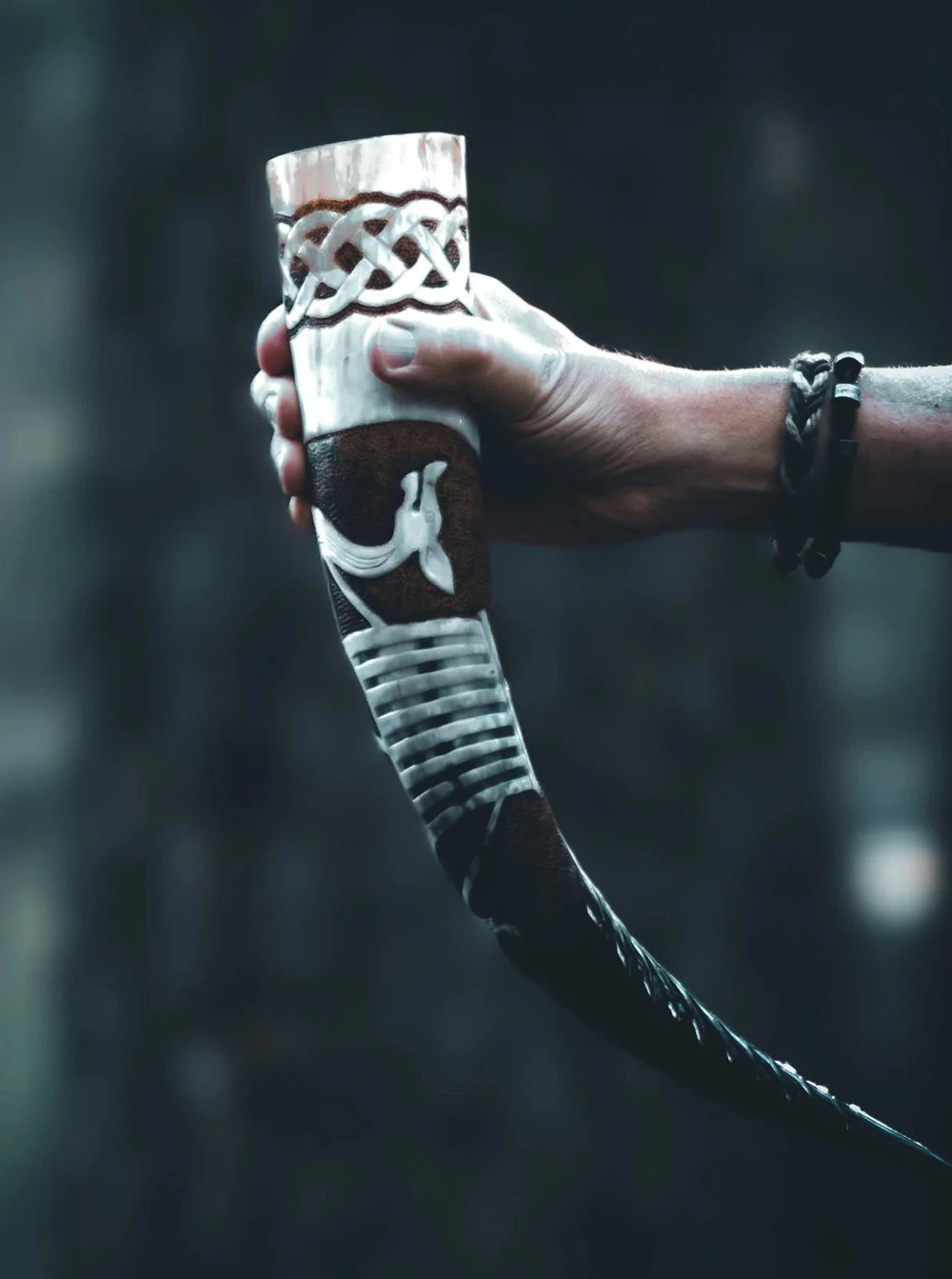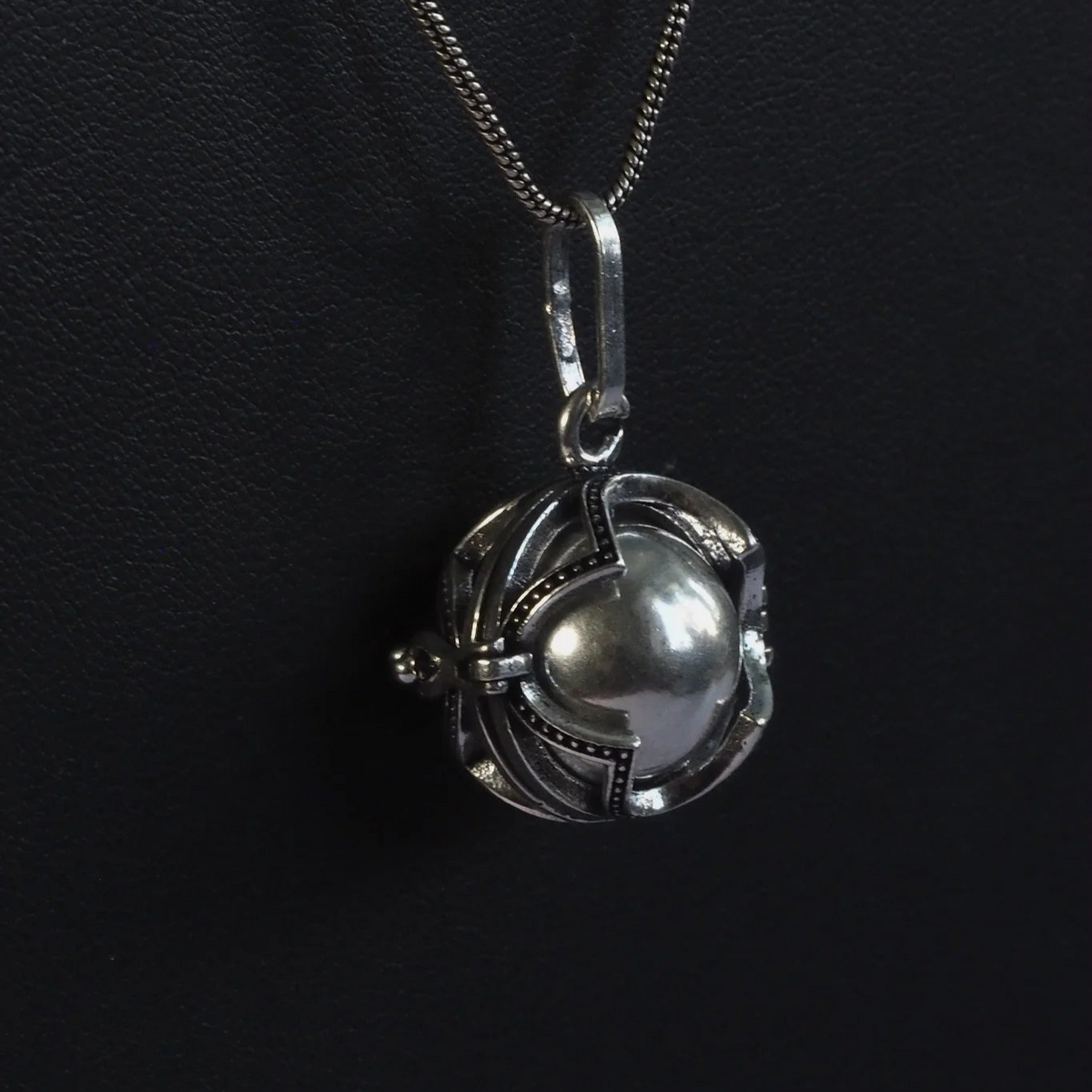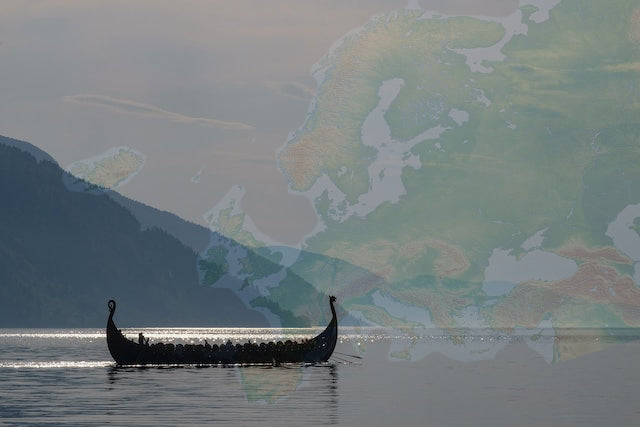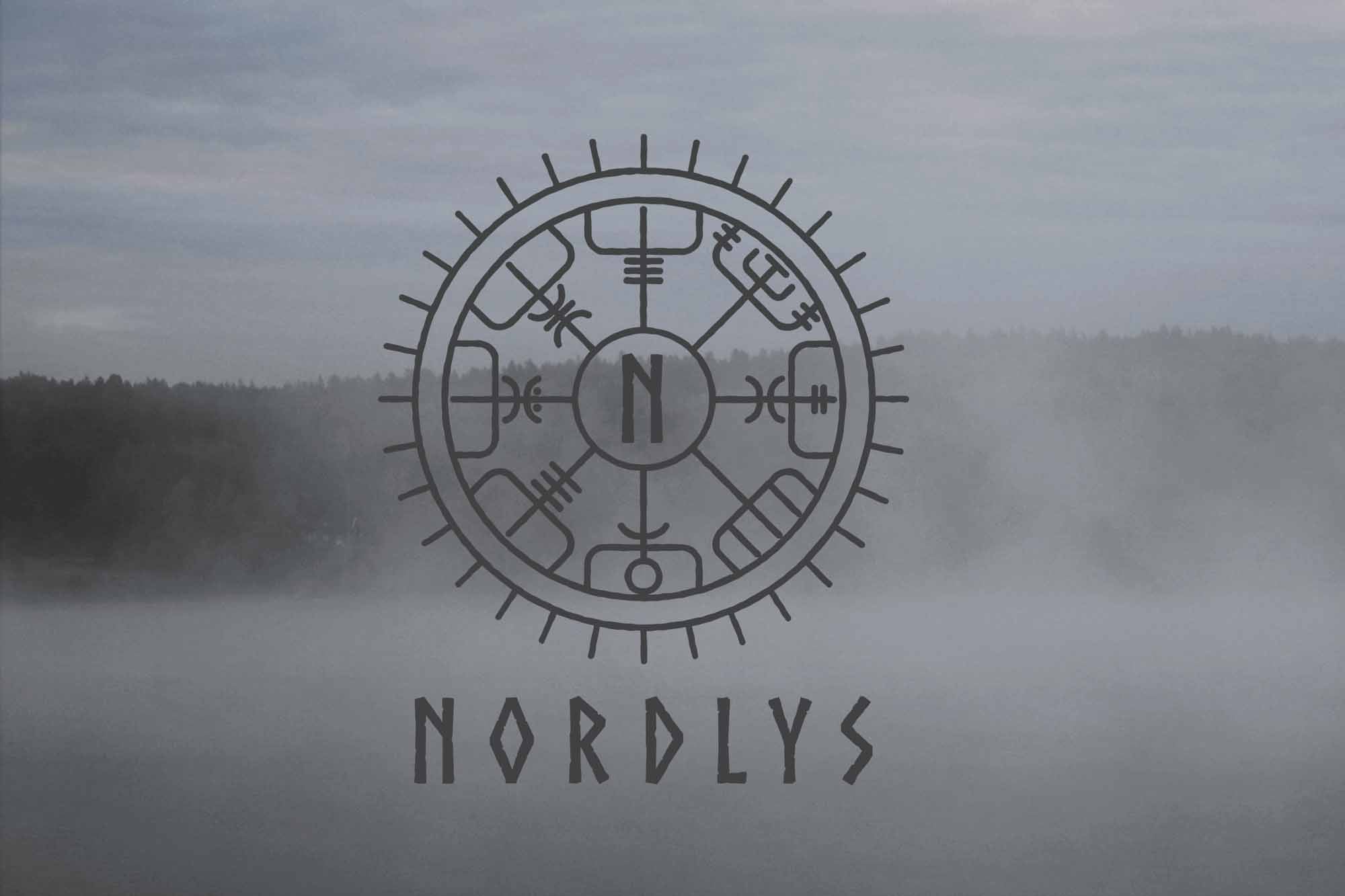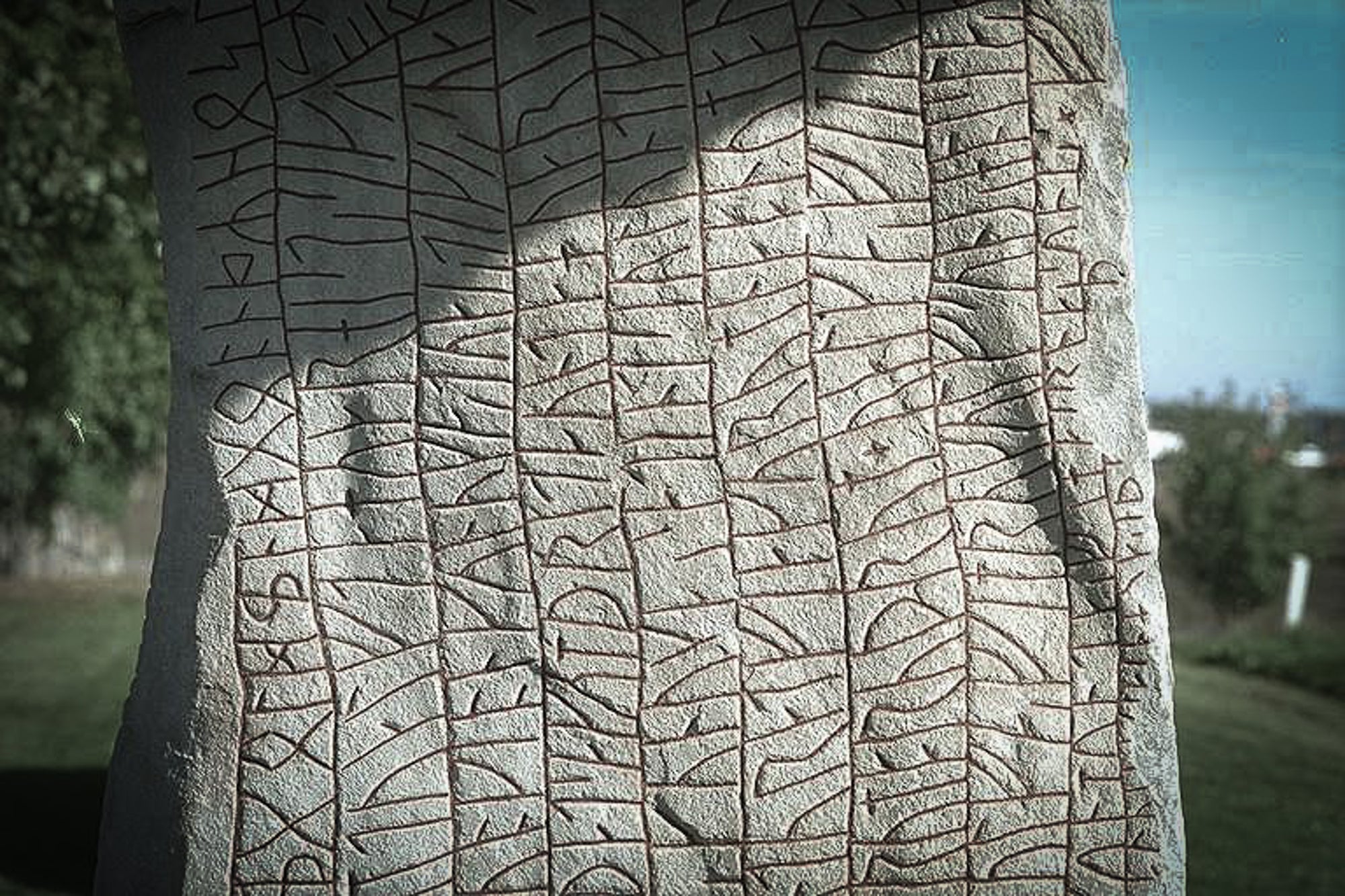The Viking Age, which spanned from the 8th to the 11th century, is a fascinating period in Scandinavian history. But did you know that the Vikings' adventures also took them to Ukraine and Russia? This article explores how these Scandinavian warriors and traders influenced and were influenced by the East Slavic peoples of these regions.
In the 8th century, the Vikings began to explore and trade along rivers that flowed from Scandinavia to the Black Sea. These routes, which included the Dnieper, Volga, and Don, allowed them to reach as far as the Byzantine Empire and the Caliphate of Baghdad.
One of the most famous Vikings who also played a decisive role in the East Slavic regions was Rurik. He founded the Rurik dynasty in 862 and became ruler of the newly established city of Novgorod. Rurik's descendants would later form a long line of princes and princes who ruled over Russia and Ukraine.
In 882, Rurik's descendant Oleg of Novgorod conquered the city of Kiev and created the Kievan Empire, which became a powerful state in the following centuries. It was during this time that the Vikings became an integral part of the history of Russia and Ukraine. They married local women, converted to Christianity, and learned Slavic languages and cultures.
Vladimir the Saint, another prominent figure from this era, is a symbol of this cultural mix. He ruled over the Kingdom of Kiev from 980 to 1015 and married Anna, the sister of the Byzantine Emperor Basil II. Through his marriage to Anna, Vladimir converted to Christianity and brought the new faith to his kingdom, leading to a mass conversion of the population of the Kievan Empire.
After the death of Vladimir the Saint, the Vikings gradually began to assimilate into the East Slavic societies. They lost their unique identity but left a lasting legacy in the form of mixed cultures and genetic predispositions. The presence of the Vikings also had a significant impact on the development of trade, town planning and military strategy in the area.
But how did the Vikings' travels to Ukraine and Russia affect Scandinavia? There are theories that the Vikings returning from the East brought with them new trade goods and knowledge, including blacksmithing and weapon-making techniques, which were then used to improve Scandinavia's military power. The Vikings' presence in the East may also have contributed to the spread of Norse mythology, in which the gods Odin, Thor and Freya played a central role.
Although the Vikings' presence in Ukraine and Russia is less known than their journeys to Western Europe, its history in the East should not be underestimated. Their successes as warriors and traders, their intermarriage, and their assimilation into East Slavic societies have left a lasting imprint on the region's history and culture.
